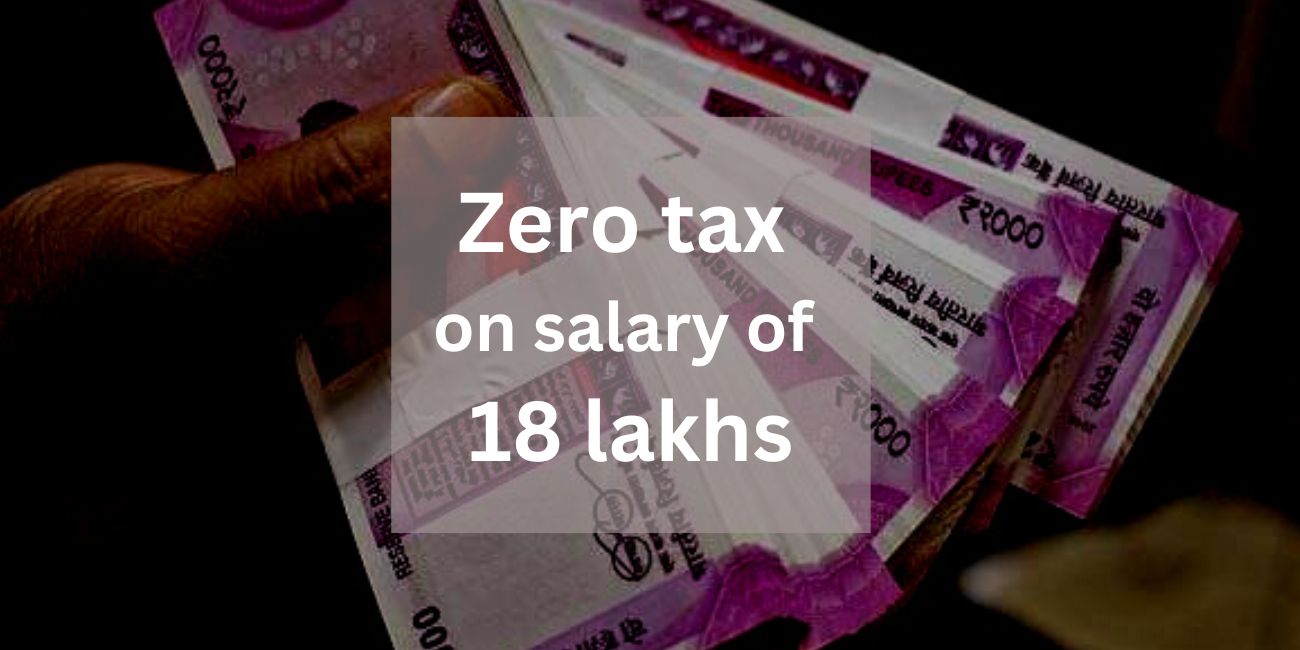Table of Contents
Introduction:
Navigating the intricate terrain of the Income Tax Act can be a daunting task for many. One such provision that has garnered attention is Section 194Q, introduced to streamline tax collection on transactions involving the sale of goods. In this blog, we will break down the complexities of Section 194Q, providing a simplified guide with practical examples to enhance your understanding.
Understanding Section 194Q:
Section 194Q was introduced by the Finance Act, 2021, and came into effect from July 1, 2021. It requires the deduction of tax at source (TDS) by a buyer responsible for paying any sum to a resident seller for the purchase of goods exceeding INR 50 lakhs in a financial year.
Key Concepts: Section 194Q of the Income Tax Act
Applicability: Section 194Q applies to buyers whose total turnover, gross receipts, or sales exceed INR 10 crores in the financial year immediately preceding the financial year in which the purchase of goods is made.
Transaction Coverage: The section is applicable to transactions involving the sale of goods, excluding goods for personal use.
TDS Rate: The buyer is required to deduct TDS at the rate of 0.1% on the total purchase consideration exceeding INR 50 lakhs.
Threshold Limit: TDS is to be deducted only if the total purchases from the seller during the financial year exceed INR 50 lakhs.
Simplified Example: To understand Section 194Q of the Income Tax Act
Let’s consider a scenario:
ABC Ltd., a company with a turnover of INR 15 crores, purchases goods worth INR 60 lakhs from XYZ Pvt. Ltd. during the financial year 2022-23.
Applicability Check: Since ABC Ltd. has a turnover exceeding INR 10 crores in the previous financial year, Section 194Q is applicable to them.
Transaction Amount: The purchase from XYZ Pvt. Ltd. amounts to INR 60 lakhs.
TDS Calculation: TDS is calculated at 0.1% on the amount exceeding INR 50 lakhs.
TDS = (Purchase Amount – Threshold Limit) * TDS Rate TDS = (INR 60,00,000 – INR 50,00,000) * 0.1% TDS = INR 10,00,000 * 0.1% TDS = INR 10,000
TDS Deduction: ABC Ltd. is required to deduct INR 10,000 as TDS while making the payment to XYZ Pvt. Ltd.
Important Points related to 194Q Section
Calculation of Turnover: Excluding GST: When calculating turnover for Section 194Q, it’s crucial to exclude GST. Turnover should represent the actual value of goods without including the GST component, ensuring accurate determination of the provision’s applicability.
Calculation of TDS at the Rate of 0.1%: Including GST: TDS is calculated at 0.1% on the total purchase consideration, including GST. This comprehensive calculation ensures that the TDS amount covers the entire transaction value, aligning with regulatory requirements.
When to Deduct TDS: TDS is deducted when the amount is credited to the seller or paid, whichever is earlier. If no advance payment is made, TDS is deducted at the time of purchase. In the case of an advance payment, TDS must be deducted immediately.
Non-furnishing of PAN: If a seller fails to furnish a PAN, TDS is deducted at a higher rate of 5% instead of the standard 0.1%. It’s crucial to note that without PAN, the applicable tax rate in other cases is 20%, whereas Section 194Q specifies a 5% rate.
TDS Deposit Due Date: TDS must be deposited on or before the seventh day of the month following the deduction month. For example, if TDS is deducted in January, the due date for payment is February 7. However, for March deductions, the deposit can be made up to April 30.
TDS Return: Form 26Q: Filing TDS returns using Form 26Q is essential for compliance. Due dates vary based on quarters, and accurate information must be provided in the form to ensure proper reporting of TDS details.
Exceptions: Section 194Q does not apply if TDS is deducted under another provision of the Income Tax Act. Exceptions exist, such as transactions falling under Section 194O or Section 206C(1H). In cases of overlapping provisions, Section 194Q takes precedence.
Amendments under Section 194Q: Under Section 194Q, TDS is deducted when any amount is credited to a ‘Suspense account’ or any other relevant account. Amendments highlight the interplay with Section 206C(1H), especially in cases involving non-resident sellers or purchases exceeding Rs 50 lakhs.
Section 194Q Declaration Format: A formal declaration format is crucial for communication between buyers and sellers. This format ensures clarity on TDS deductions, PAN details, and compliance with Section 194Q. Adhering to this format facilitates transparent business transactions.
Faq Related to "Section 194Q of the Income Tax Act: A Simplified Guide"
Section 194Q is a provision introduced to deduct Tax Deducted at Source (TDS) on the purchase of goods. It mandates specified buyers to deduct TDS at the time of making payment to the seller for the purchase of goods exceeding Rs 50 lakhs in a financial year.
Section 194Q applies to buyers whose total turnover, gross receipts, or sales exceed Rs 10 crores in the financial year immediately preceding the year in which the purchase of goods is made.
Turnover is calculated excluding GST. It represents the total value of goods purchased, excluding the Goods and Services Tax component.
TDS is calculated at the rate of 0.1% on the total purchase consideration exceeding Rs 50 lakhs. The calculation includes GST, ensuring comprehensive coverage.
TDS should be deducted at the time when the amount is credited to the seller or paid, whichever is earlier. If an advance payment is made, TDS is deducted immediately.
If the seller fails to furnish a Permanent Account Number (PAN), TDS is deducted at a higher rate of 5% instead of the standard 0.1%. Without PAN, the rate of tax applicable in other cases is 20%, but in Section 194Q, it is 5%.
TDS must be deposited on or before the seventh day of the month following the month in which the TDS is deducted. For instance, if the deduction month is January, the due date for payment is February 7.
Form 26Q is used for filing TDS returns related to payments for purchases of goods. The due date for filing varies based on quarters.
Yes, Section 194Q would not apply if TDS is already deducted on the transaction of a purchase under any other provision of the Income Tax Act. However, specific exceptions and interactions with other sections exist.
Recent amendments clarify scenarios where TDS is applicable under both Section 206C(1H) and Section 194Q. Buyers failing to comply may face expenditure disallowance. It’s essential to stay updated with any changes to the provision.












